
| Recorded by: Mark Shields, Laurie Hamon on 2025-09-19
Onslow Co.
Comment: | 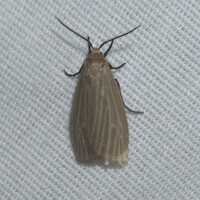
| Recorded by: David George, Jeff Niznik, Brian Bockhahn, Jim Petranka, John Petranka, Becky Elkin on 2025-05-09
Cumberland Co.
Comment: |

| Recorded by: David George, Jeff Niznik, Brian Bockhahn, Jim Petranka, John Petranka, Becky Elkin on 2025-05-09
Cumberland Co.
Comment: | 
| Recorded by: Mark Basinger on 2024-06-13
Wilson Co.
Comment: |
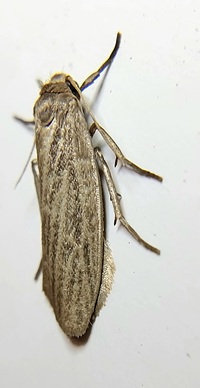
| Recorded by: Mark Basinger on 2024-06-13
Wilson Co.
Comment: | 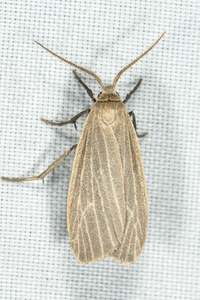
| Recorded by: Mark Shields on 2023-10-06
Onslow Co.
Comment: |
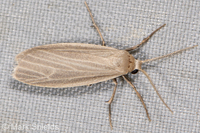
| Recorded by: Mark Shields on 2019-09-24
Onslow Co.
Comment: | 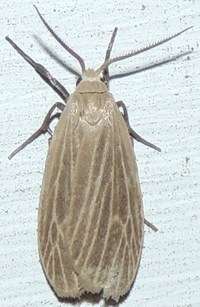
| Recorded by: Britta Muiznieks on 2014-05-28
Dare Co.
Comment: |
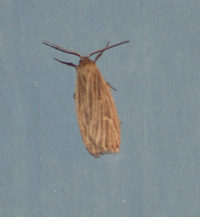
| Recorded by: Vin Stanton on 2010-09-17
Buncombe Co.
Comment: | 
| Recorded by: Newman,Randy on 2006-05-09
Carteret Co.
Comment: |
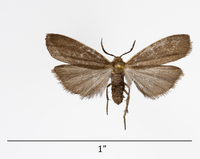
| Recorded by: SPH on 1995-09-27
Onslow Co.
Comment: Female: serrate antennae, pale costal edge; wingspan = 2.0 cm; forewing length = 0.4 cm | 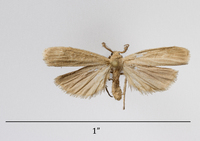
| Recorded by: SPH & DFS on 1991-10-10
Pender Co.
Comment: Male; wingspan = 2.0 cm; forewing lenth = 0.4 cm |
|

 »
»

 »
»